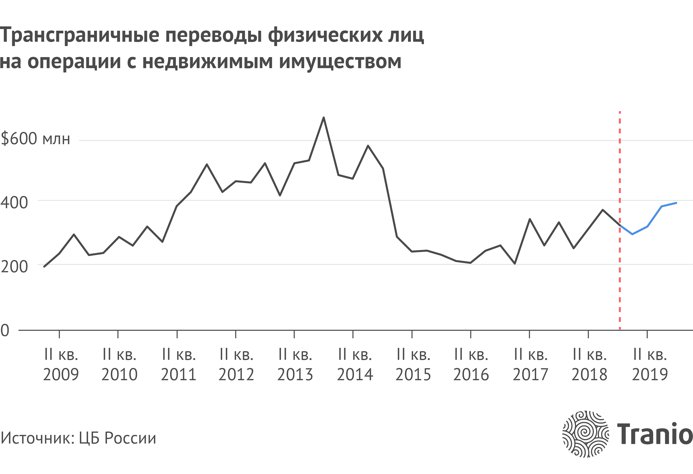Commercial real estate in European cities: investors’ expectations and reality
 From the beginning of 2019, it is time to take stock of the year 2018. At the same time, experts face the challenge of making predictions for the future. How did the European commercial real estate market last year, and what do investors expect in the future?
From the beginning of 2019, it is time to take stock of the year 2018. At the same time, experts face the challenge of making predictions for the future. How did the European commercial real estate market last year, and what do investors expect in the future?
General trends for 2018
How did the European commercial real estate market last year?
How did the European commercial real estate market last year? Wavebreakmedia / Depositphotos
Assessing the state of the market prevailing in I quarter. 2018, Savills experts predicted that the annual volume of investment in European commercial real estate would be equal to last year’s, reaching about 283 billion dollars. However, according to the latest RCA data, this did not happen. Of the ten largest markets in Europe, only in Poland and Austria did it increase compared with 2017.
Switching investor interest in 2018 to assets such as apartment complexes, hotels, nursing homes, and student housing made the residential sector a single class of real estate, where the amount of transactions concluded exceeded last year’s figures.
According to preliminary estimates from Savills, the smallest markets in Greece, Portugal and Ireland achieved the highest (about 80%) growth in 2018.
The RCA report notes that low profitability in most sectors of German real estate, as well as a slight slowdown in economic growth in Germany, did not prevent the German market from reaching record volumes by Q4. 2018 year. In the UK, in the same period, on the contrary, a significant decrease was observed (a slowdown in retail sales and an uncertainty in the outcome of the upcoming Brexit were reflected).
According to Savills, to the beginning of the IV quarter. In 2018, the share of the three main markets – Britain, Germany and France – in the European volume amounted to 67%, and the total investment in European real estate in the first three quarters totaled about $ 182 billion.
In 2018, European countries attracted powerful cross-border capital flows, which, in combination with large platform transactions, became the basis for high liquidity of European assets. About 45% of all property purchases in Europe were made by foreign buyers.
The most active European investors in the regional profitable real estate market have become the British, Germans, French, Swiss and Swedes. The decline in the activity of Chinese investors due to the tightening by the Chinese authorities of capital controls was leveled off by the increase in Korean and Singaporean investments. The most active cross-border players remained citizens of the United States. Savills experts note that the distribution of assets by classes and geographical areas is becoming more distinct depending on the countries where investors belong.
The CBRE report on the prospects for the European real estate market in 2019 notes that the dominant feature of the last 20 years has been the ability of the capital’s European economies to outpace the national ones. Over the past five years, the cumulative GDP growth in the capitals of Great Britain, France, Germany, Italy, Spain, Sweden, the Netherlands and Ireland was 2.2%, which is 0.6% higher than the cumulative national indicator of these countries. However, the shares that occupy transactions in the capital’s real estate markets in the national investment volumes vary depending on the specific city.
Thus, according to RCA, transactions with Parisian commercial real estate in the first half of 2018 accounted for 74% of all real estate investments in France. Amsterdam and London accounted for a little more than half of the national investment in profitable properties. In Berlin, only 14% of all commercial real estate purchases in Germany were made during this period.
CBRE analysts predict that the flow of investment in European real estate in 2019 will decline slightly. The absence of free assets for sale in some European countries after several years of very high investment turnover is expected to limit the volume of investments in European real estate in 2019. According to JLL, global investment will decline by about 5-10% compared to last year, which is explained by the caution and selectivity of investors. Investors are concerned, according to the CBRE report, due to changes in the monetary policy of the European Central Bank (ECB), which completed the quantitative easing program in December 2018, according to which the ECB bought Eurozone countries’ bonds to protect the European economy from deflation. The decision of the ECB may create prerequisites for raising interest rates by the end of 2019.
In addition, global risks associated with the escalation of international trade disputes, the spread of the effects of a sharp slowdown in the growth of the Chinese economy on developing countries, as well as the political uncertainty of Brekzit’s outcome, may incline investors to more cautious investment strategies.


